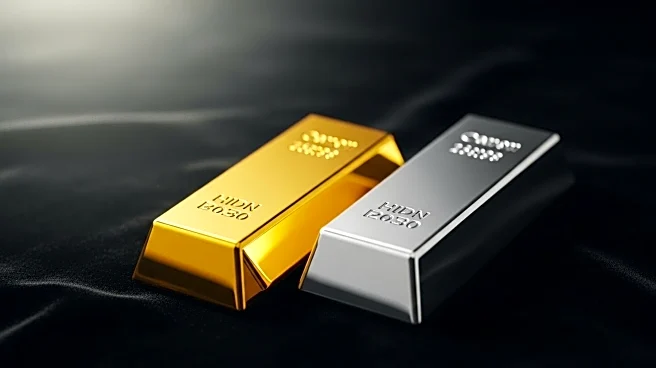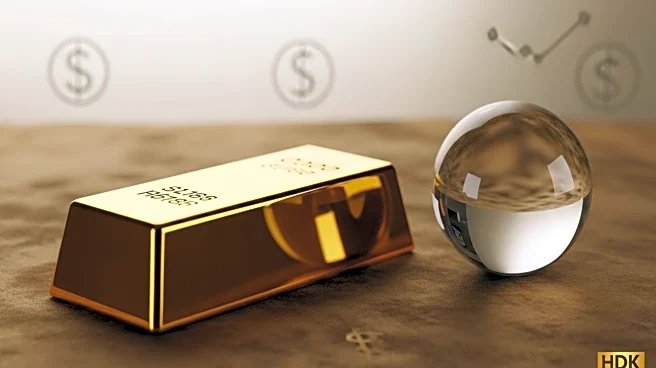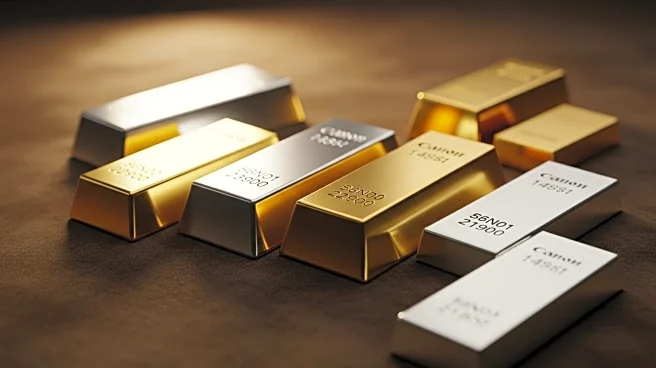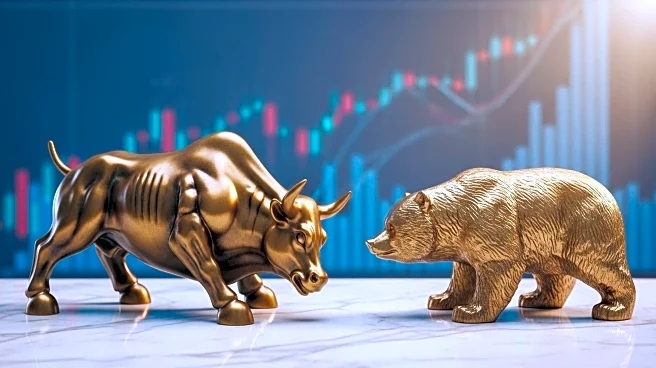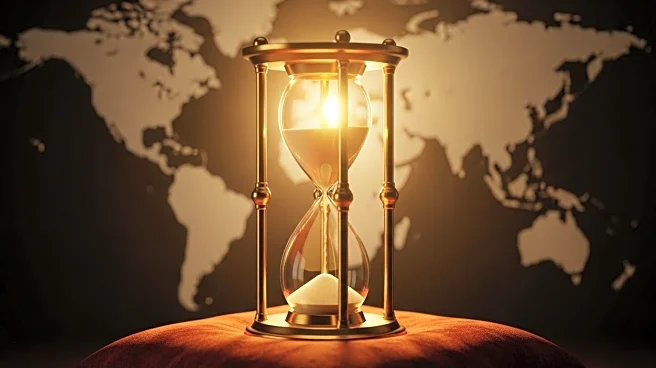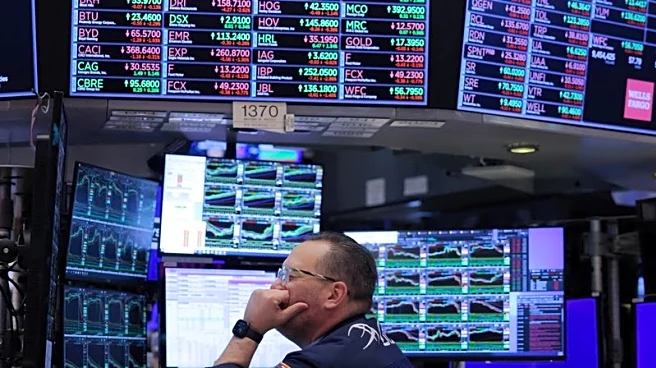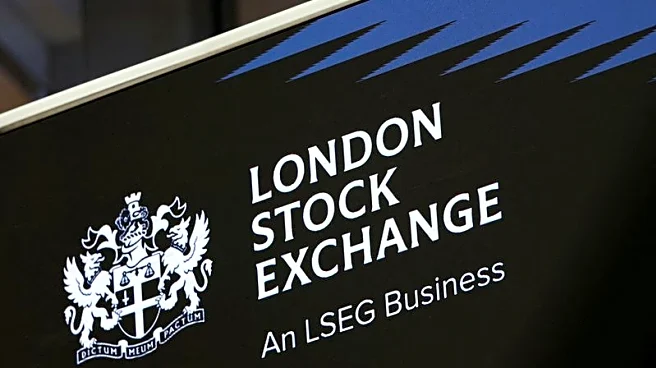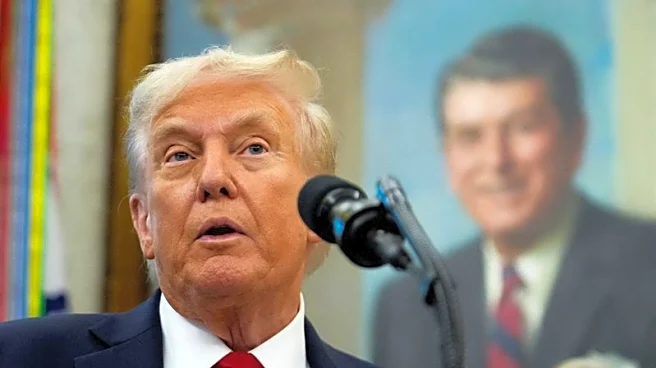What's Happening?
Gold and silver prices have surged significantly, driven by safe-haven demand amid the ongoing U.S. government shutdown and expectations of Federal Reserve rate cuts. Gold prices have reached near-record highs, climbing to approximately $3,889 per ounce, marking a seventh consecutive weekly gain. Silver has also seen substantial growth, reaching its highest level since 2011 at about $48 per ounce. The shutdown, now in its third day, has created uncertainty, leading investors to anticipate imminent rate cuts by the Federal Reserve. Markets are pricing in a 95% chance of a rate cut at the Fed's October meeting, which is boosting non-yielding assets like gold and silver. Global central banks continue to be major buyers of gold, with China and Poland significantly increasing their reserves amid geopolitical tensions.
Why It's Important?
The surge in precious metals prices highlights the broader economic and political uncertainties affecting the U.S. and global markets. The government shutdown has delayed crucial economic data releases, increasing market volatility and driving investors towards safe-haven assets. The anticipation of Federal Reserve rate cuts reflects concerns about slowing economic growth and political dysfunction in Washington, which could have significant implications for monetary policy and the U.S. dollar's strength. The increased demand for gold and silver underscores their role as strategic reserve assets, particularly in times of geopolitical tension and economic instability. This trend could impact various stakeholders, including investors, central banks, and industries reliant on these metals.
What's Next?
The Federal Reserve's upcoming meeting in October will be closely watched, as any decision to cut rates could further influence precious metals prices. A resolution to the government shutdown could temporarily affect safe-haven demand, but ongoing political brinkmanship suggests that any deal may be short-lived. Additionally, geopolitical developments and central bank actions will continue to play a crucial role in shaping the outlook for gold and silver. Investors and analysts will monitor these factors closely, as they could drive further price movements and impact broader economic conditions.
Beyond the Headlines
The current situation highlights the complex interplay between economic policy, political stability, and market dynamics. The reliance on precious metals as a hedge against uncertainty reflects broader concerns about inflation, fiscal policy, and geopolitical risks. As central banks continue to accumulate gold, the strategic importance of these assets in national reserves becomes increasingly evident. The evolving demand for silver, driven by industrial applications such as solar panels, underscores the metal's role in the transition to renewable energy and technological advancements.

